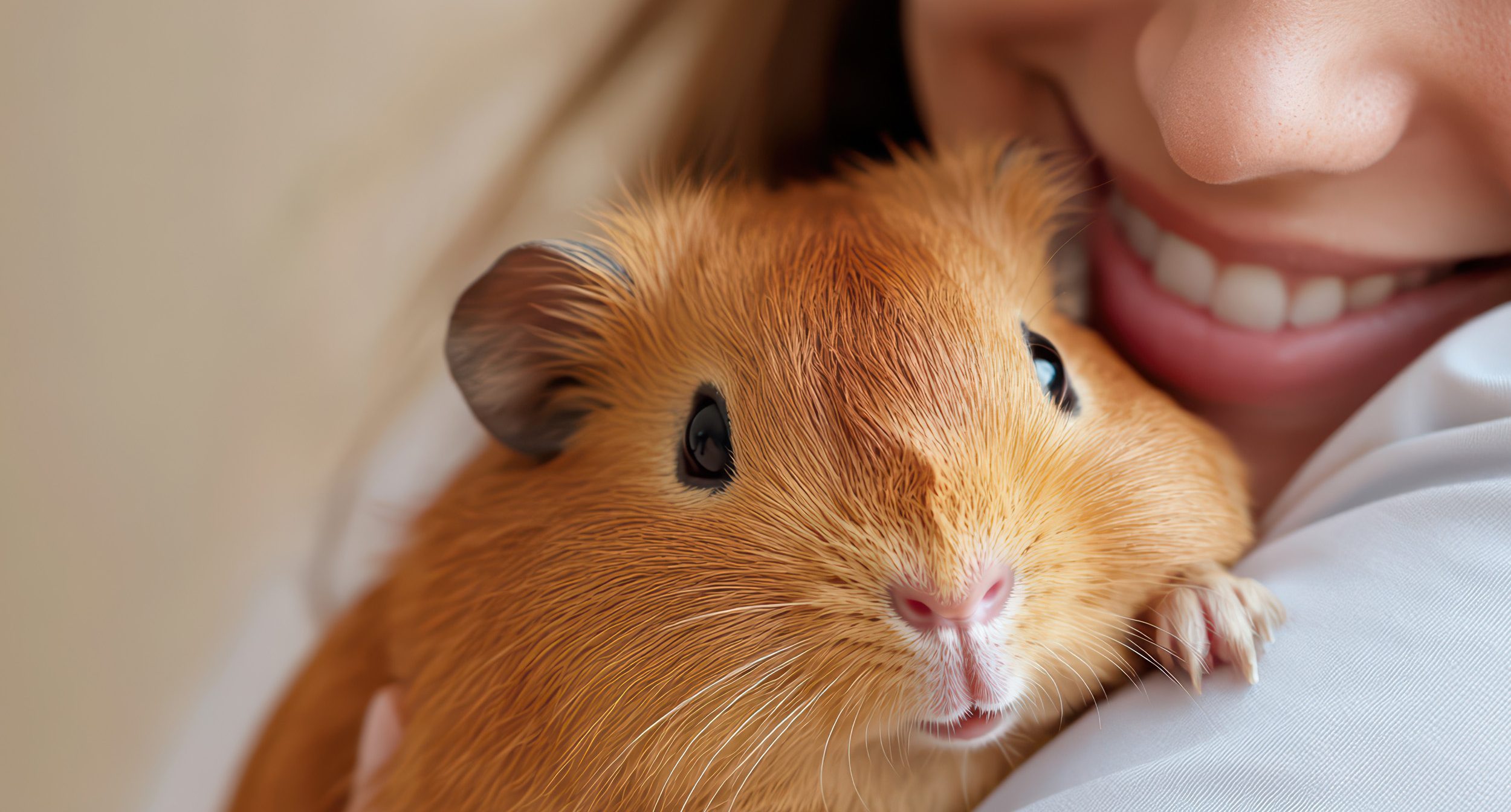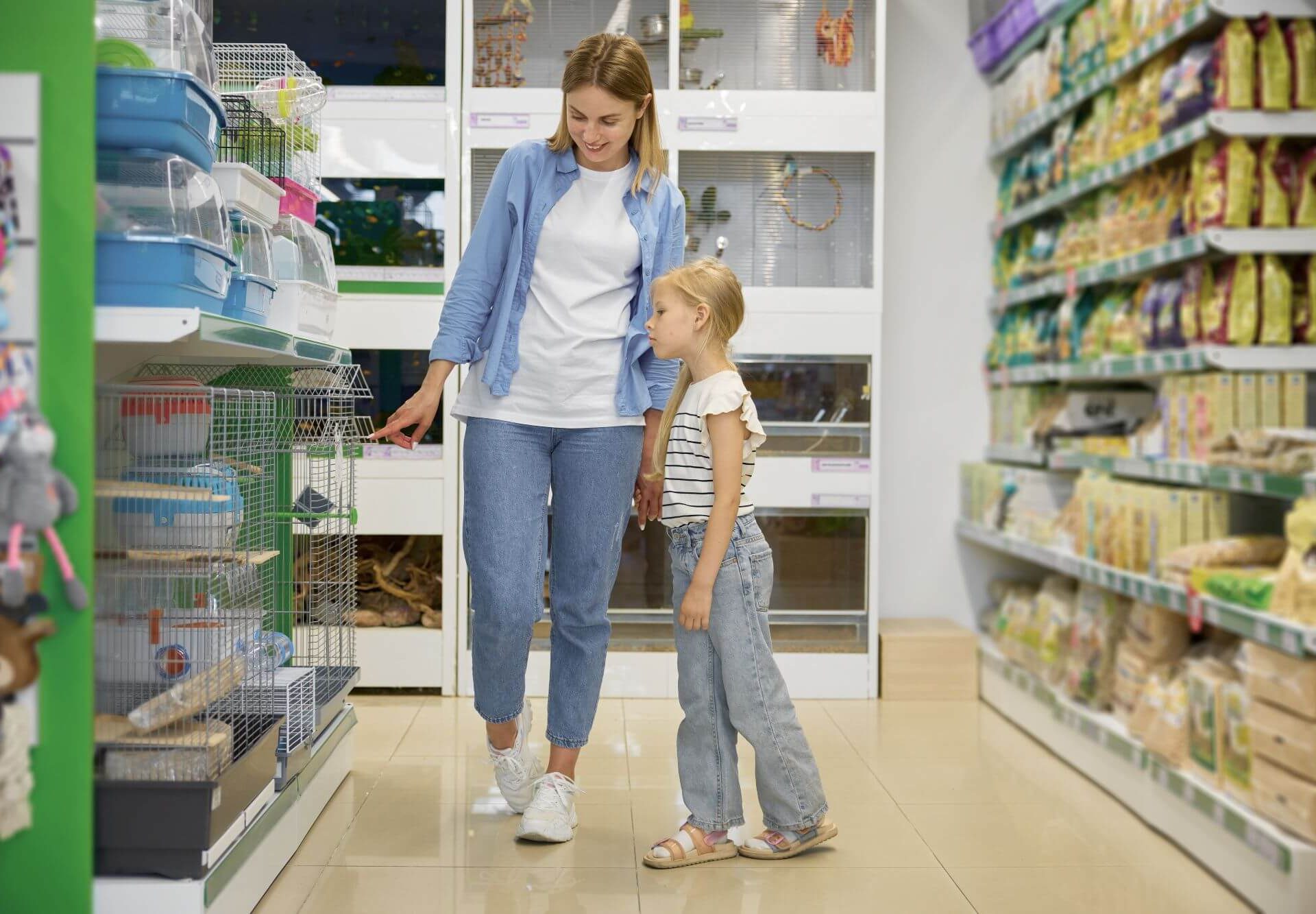
Learning Responsibility with Animals – Tips for Parents
“Dad, do I have to again?” – “Yes, our rabbits are relying on you.”
There is much truth in this dialogue: Responsibility means not just helping once, but being needed daily. Children learn step by
step that their actions have direct consequences and that animals rely on them.
Small Rituals, Big Impact – when Children Take over Feeding
Preparing fresh vegetables, refilling hay, and topping up water are simple tasks that quickly become habits. Those who consciously structure feeding times as a ritual create structure for the animal and the family. Children experience that regular care is important and learn responsibility in a playful way.
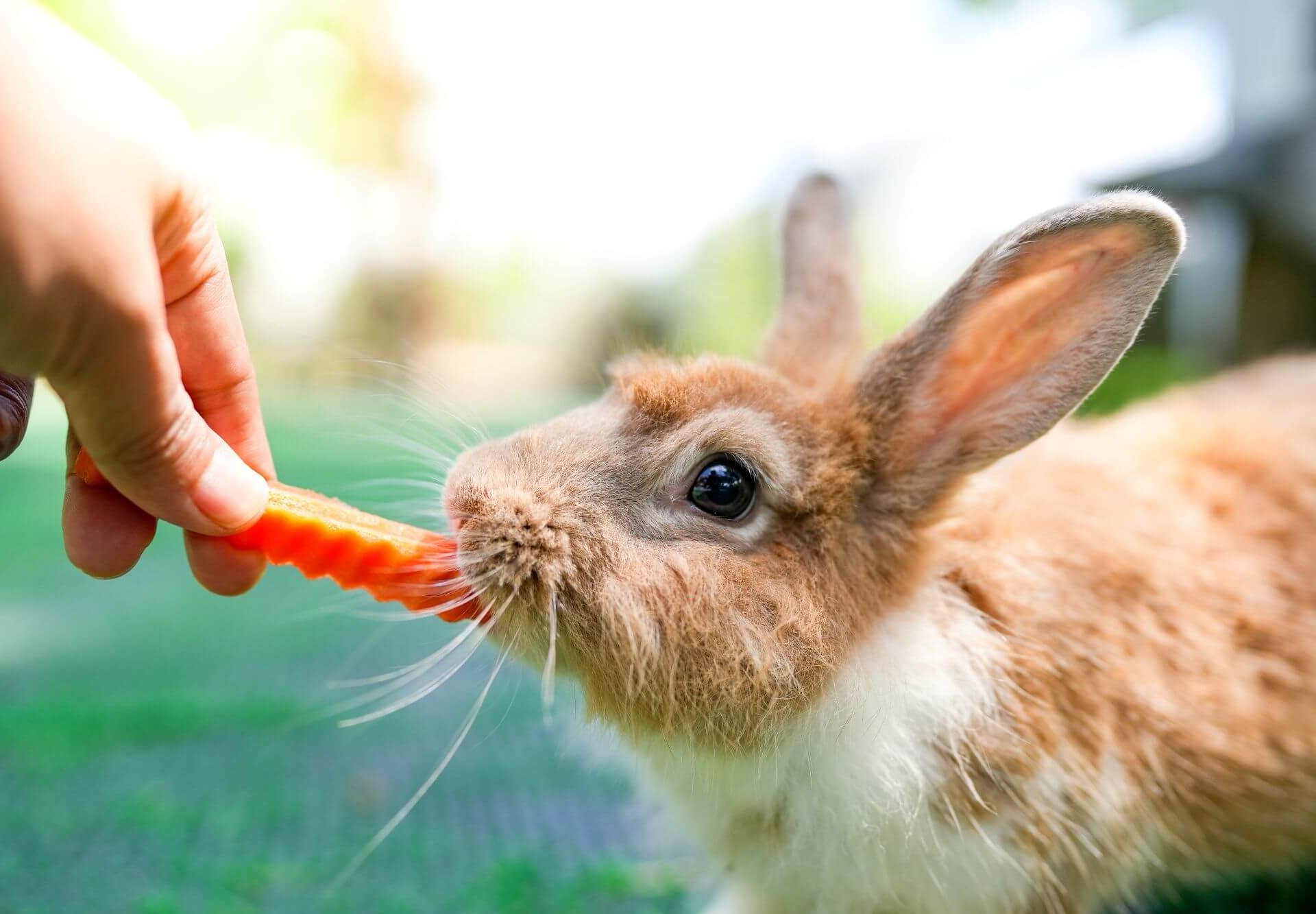
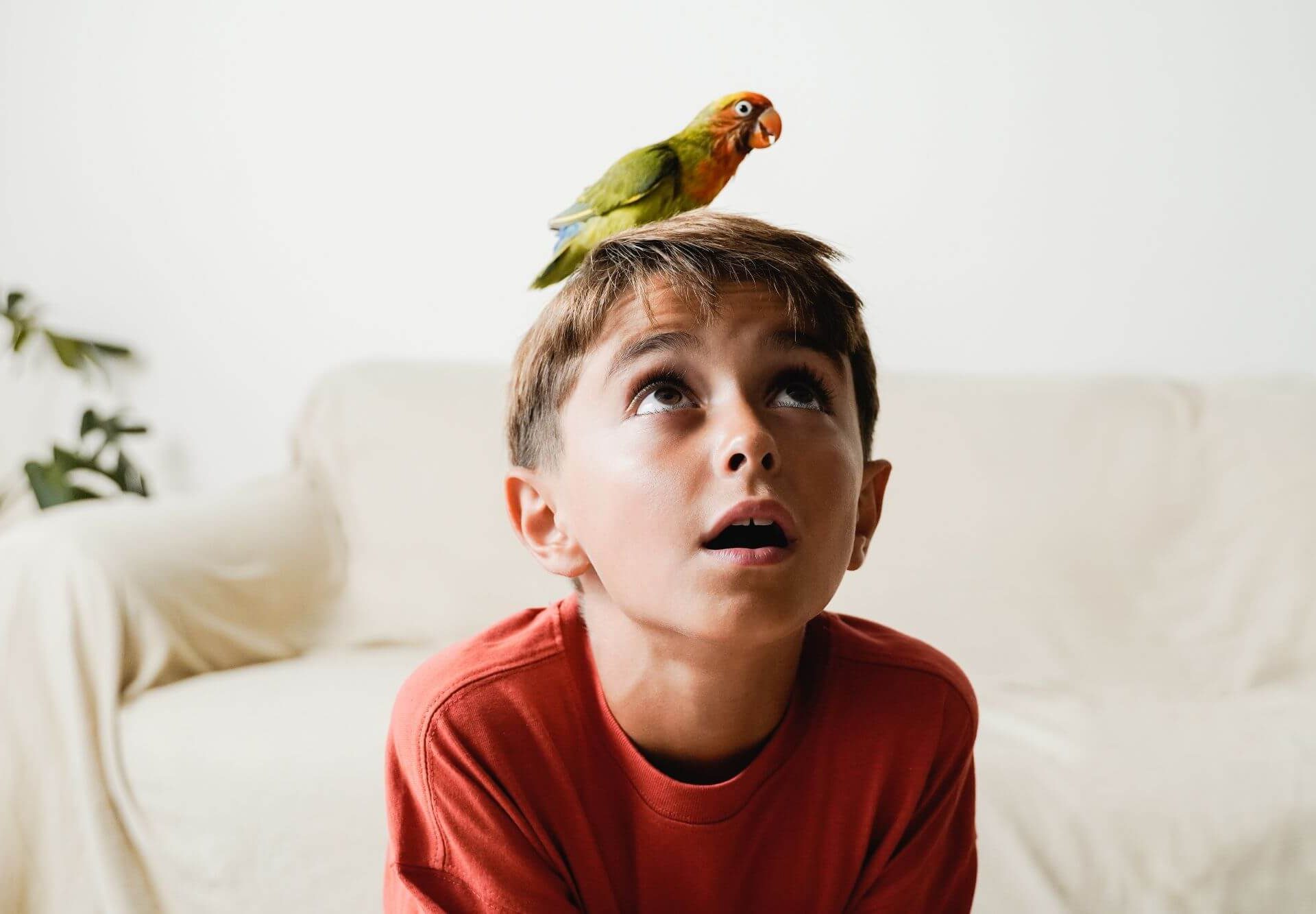
Age-Appropriate Tasks: What is Suitable for 6-, 10- or 14-Year-Olds?
Every age has its own strengths – and responsibility in animal care should be guided by this. Those who overburden children deprive them of joy. Those who underchallenge them miss valuable learning opportunities. We show which tasks are suitable for which age and how parents can support their children.
Rituals with Animals – Small Routines, Big Impact
“Good morning, Fips!” – every day begins the same way and the rabbit already knows what is coming. Children love such moments, as they provide security. Animals also react to fixed routines, as they sense when someone is reliably present. Small rituals create connection and help children experience responsibility without it feeling like a chore.
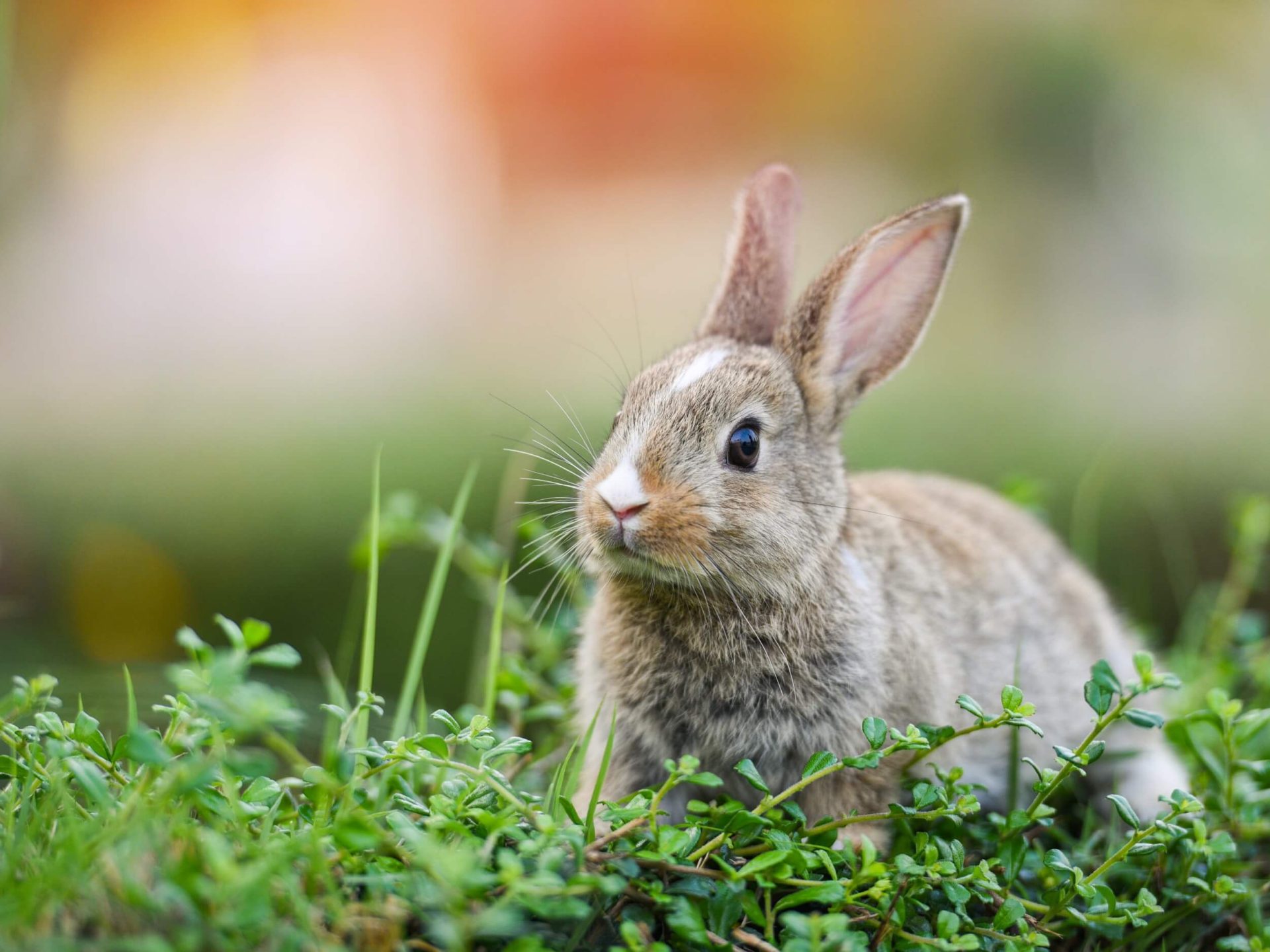
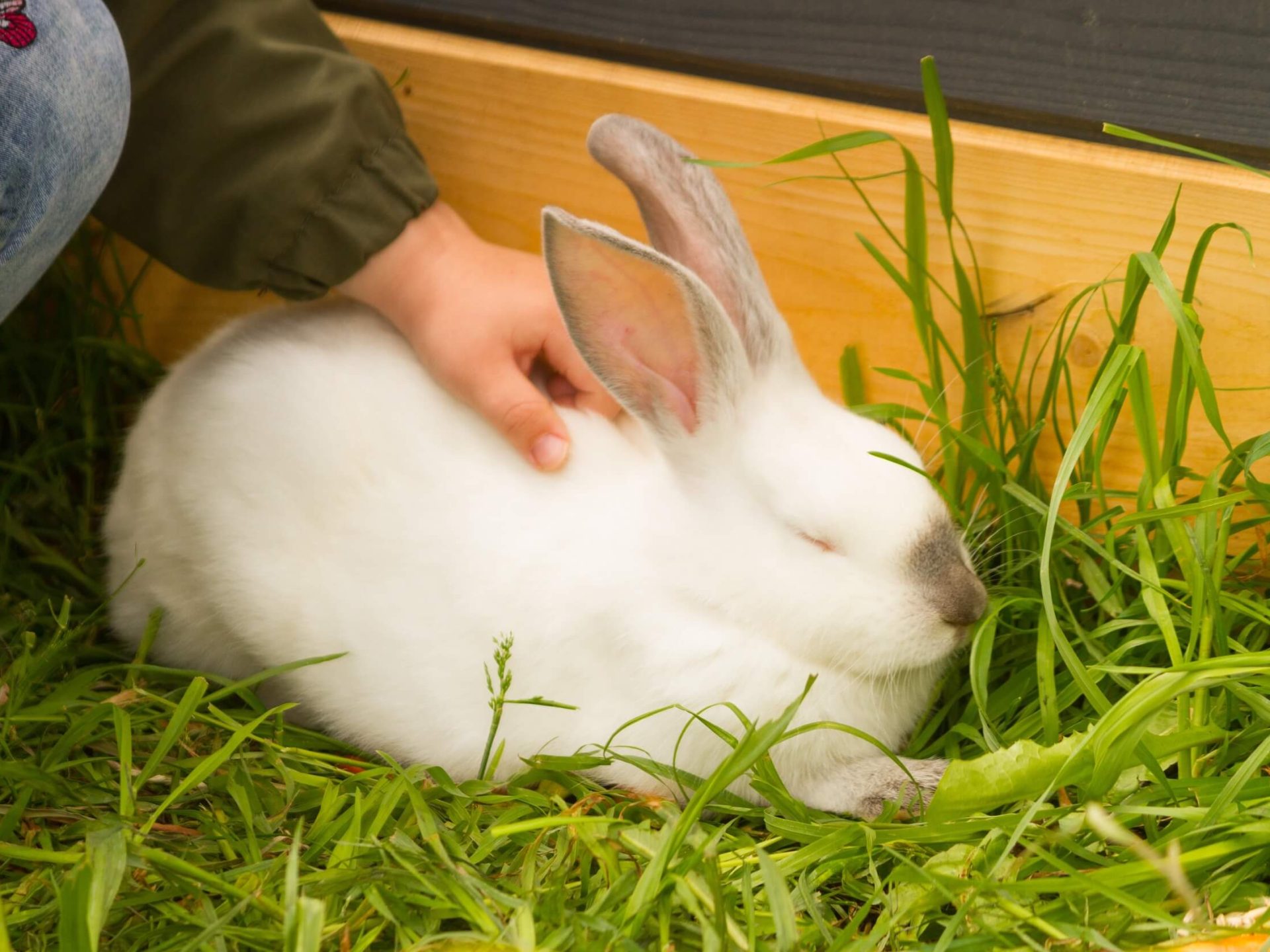
Rituals with Animals – Small Actions, Big Impact
“I get to feed today!” Mia proudly carries the bowl into the enclosure. Such moments are more than just everyday life, as they offer learning opportunities. Children experience that responsibility can bring joy when they are allowed to act themselves – without pressure, but with real influence.
Talking about Animals: how Conversations Promote Empathy
“Mom, why is the rabbit sleeping for so long?” Such questions demonstrate more than mere curiosity – they are the beginning of genuine compassion. When children talk about animals, they think about feelings, needs, and responsibility. Conversations about animal friends open doors: to understanding, mindfulness, and a perspective beyond oneself.
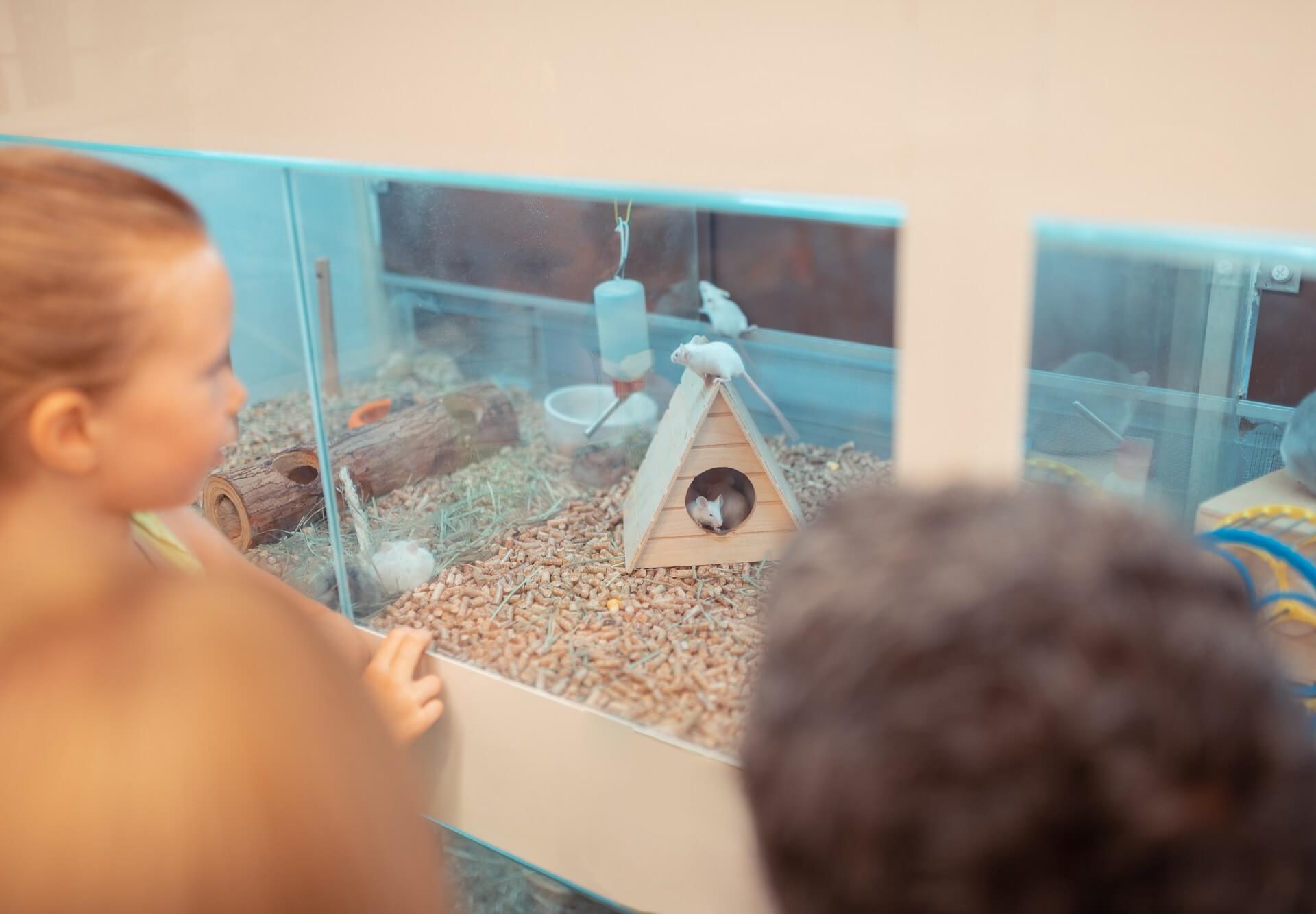

When Children Lack Motivation: how Animal Care Remains Routine
Sometimes, the motivation simply runs out. The animal is healthy, the enclosure is clean – and suddenly no one wants to take their turn. Such phases are part of it and are not a sign of indifference, but completely normal. It is important that care continues nonetheless – with patience, small tricks, and a pinch of humor. For responsibility does not grow in straight lines, but with every experience.
Animals as a Bridge between Siblings
The living room is lively, yet peaceful. Two siblings sit on the carpet and watch their budgies flutter freely through the room. One of them lands on the lamp, the other on the bookshelf. Shortly thereafter, they meet on the branch that the children have set up as their favorite perch. “Look how they greet each other!” – exclaims the younger one. The older one nods: “They are happy to be together.” A moment full of lightness and an example of how closeness works.

